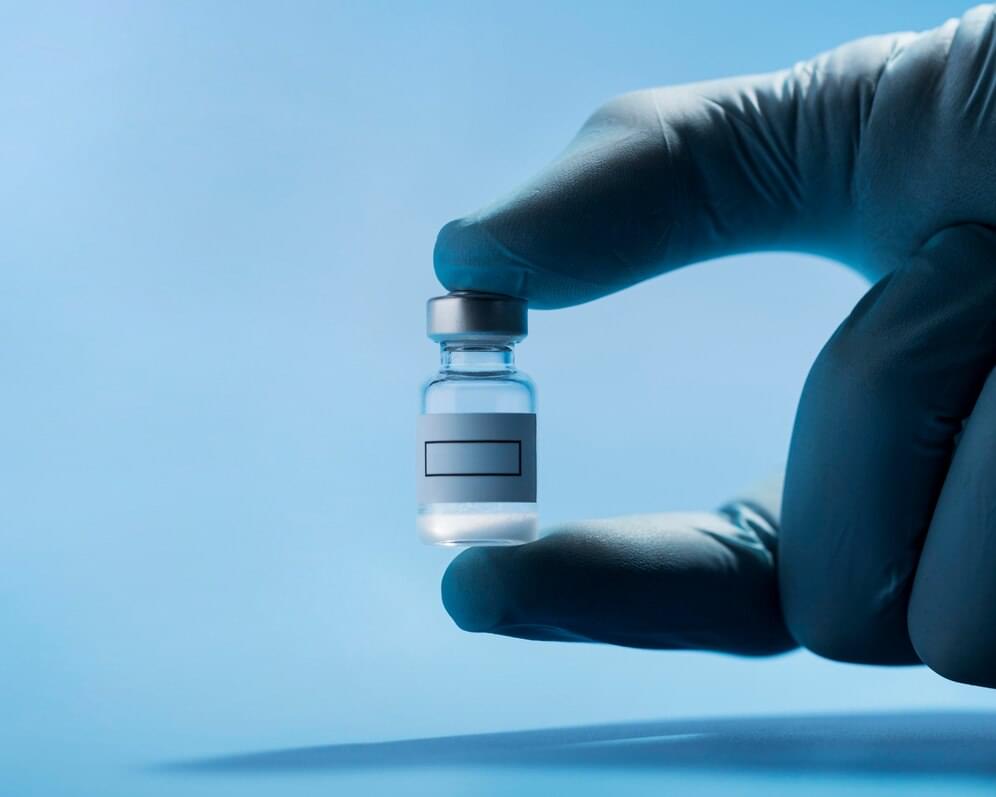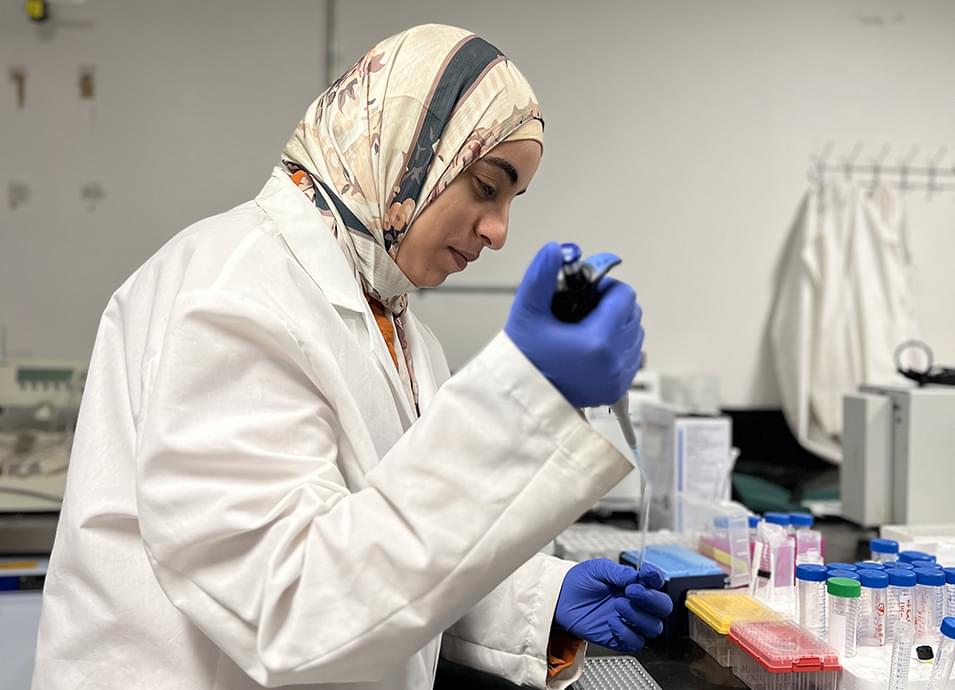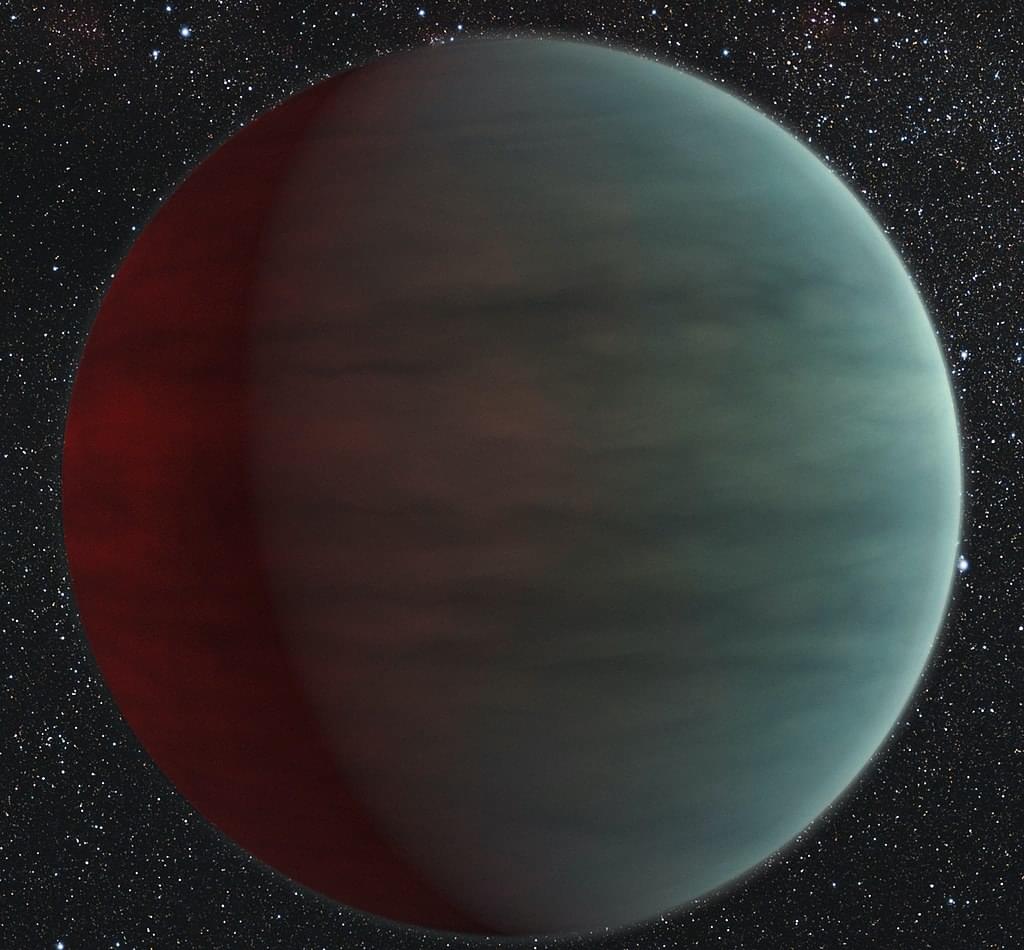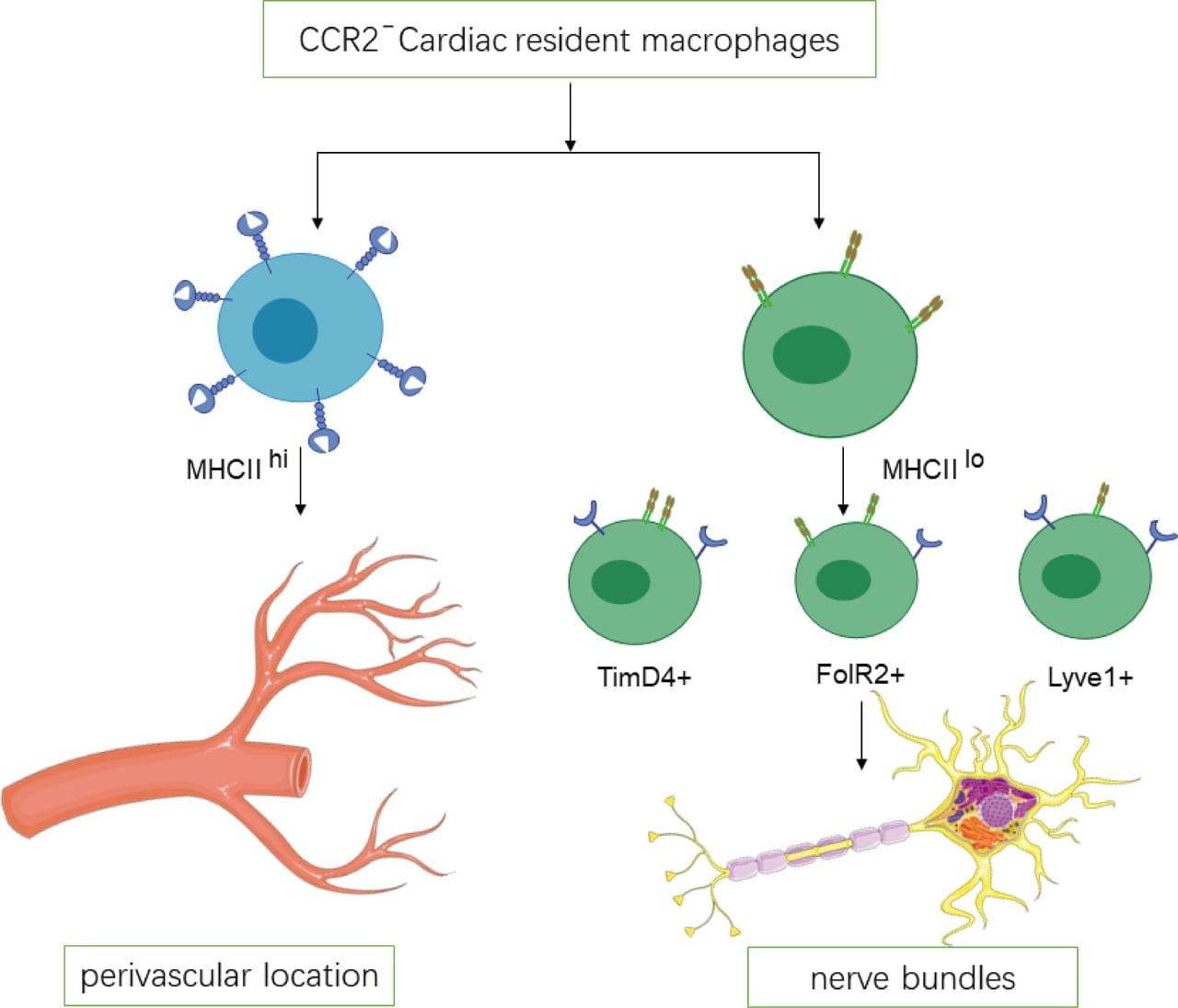Regulators plan to approve a strategy for the development and application of a Russian mRNA vaccine for the treatment of cancer in the coming months. The. News GxP News.



OXFORD, Miss. – A University of Mississippi pharmacy professor will study how sugar molecules on proteins could lead to new ways to detect and treat diseases using a prestigious grant from the National Science Foundation.
The NSF has awarded a Faculty Early Career Development Program grant to Jing Li, assistant professor of medical chemistry and research and assistant professor in the Research Institute of Pharmaceutical Science.
Li will use computer modeling to study the effects of sugar molecules connected to proteins. These molecules – known as glycosylation – affect ion channels that play a crucial role in brain activity, heartbeats and muscle movement.

OXFORD, Miss. – Sea cucumbers are the ocean’s janitors, cleaning the seabed and recycling nutrients back into the water. But this humble marine invertebrate could also hold the key to stopping the spread of cancer.
A sugar compound found in sea cucumbers can effectively block Sulf-2, an enzyme that plays a major role in cancer growth, according to a University of Mississippi-led study published in Glycobiology.
“Marine life produces compounds with unique structures that are often rare or not found in terrestrial vertebrates,” said Marwa Farrag, a fourth-year doctoral candidate in the UM Department of BioMolecular Sciences.
“And so, the sugar compounds in sea cucumbers are unique. They aren’t commonly seen in other organisms. That’s why they’re worth studying.”
Farrag, a native of Assiut, Egypt, and the study’s lead author, worked with a team of researchers from Ole Miss and Georgetown University on the project.


Longevity biotech giant Altos Labs has appointed Dr Joan Mannick as its Chief Medical Officer and head of product development, signaling a shift toward advancing clinical programs based on the company’s cellular rejuvenation technology. As Life Biosciences reportedly prepares to enter clinical trials with its partial epigenetic reprogramming candidate, is Altos about to join the party?
Altos, which launched with $3 billion in funding in 2022, is focused on reversing disease and age-related decline by restoring cellular health through partial epigenetic reprogramming, a technique inspired by the work of Nobel laureate Shinya Yamanaka and Juan Carlos Izpisua Belmonte. The company’s approach, which reverts cells toward a youthful state without altering their identity, has demonstrated benefits in animal models, extending both lifespan and healthspan in mice.
Although Altos has not yet launched human trials, the appointment of Mannick, who has significant experience designing and running clinical programs in aging biology, indicates the company is shifting into clinical applications of its technology. She will operate within Altos’ Institute of Medicine, collaborating with discovery and development teams to shape the clinical direction of its therapies.



Cardiovascular disease (CVD) is the leading cause of death and disease burden worldwide. Macrophages are important components of the internal immune cells, which profoundly affects the internal environmental homeostasis and repair after injury. Cardiac resident macrophages have been shown to regulate a variety of myocardial physiology and pathological activities. Homeostatic resident macrophages in the heart promote angiogenesis, remove ageing and dying cells and participate in cardiac electrical conduction. However, the role of cardiac resident macrophages is still not fully understood despite the growing attention they have received. This review provides an overview of macrophage biology and highlights prominent and emerging interrelationships and functions between cardiac resident macrophages and CVD, aiming to prove a description of the functional diversity of cardiac resident macrophages in different CVD to explore potential options to regulate them. This may provide opportunities for successful therapeutic interventions to improve the prognosis of patients with CVD.

A recent study led by a team of researchers at The Johns Hopkins University School of Medicine examining aging mice has provided what is believed to be the first evidence that amyloid beta protein—small, sticky protein fragment found in people with Alzheimer’s disease (AD)—particles build up in the bone marrow of the animals, although not in the exact same form as the large, dense plaques found in the brains of people with Alzheimer’s disease.
“Although amyloid buildup has been found in organs outside the brain—such as the heart, kidneys, and nerves—it remains unclear whether similar deposits form in bone or bone marrow with aging or in Alzheimer’s disease,” says contributing study author Mei Wan, Ph.D., professor of the department of Orthopedic Surgery.
“While brain amyloid has been extensively studied for its role in memory loss and neurodegeneration, far less is known about amyloid elsewhere in the body. In fact, almost nothing is known about whether amyloid forms in the skeleton or how it might contribute to age-related bone loss.”

Young chimpanzees learn their communication style from their mother and maternal relatives, but show little similarity to the communication behavior of their father and paternal relatives, according to a study published in the open-access journal PLOS Biology by Joseph Mine at the University of Zurich, Switzerland, and colleagues.